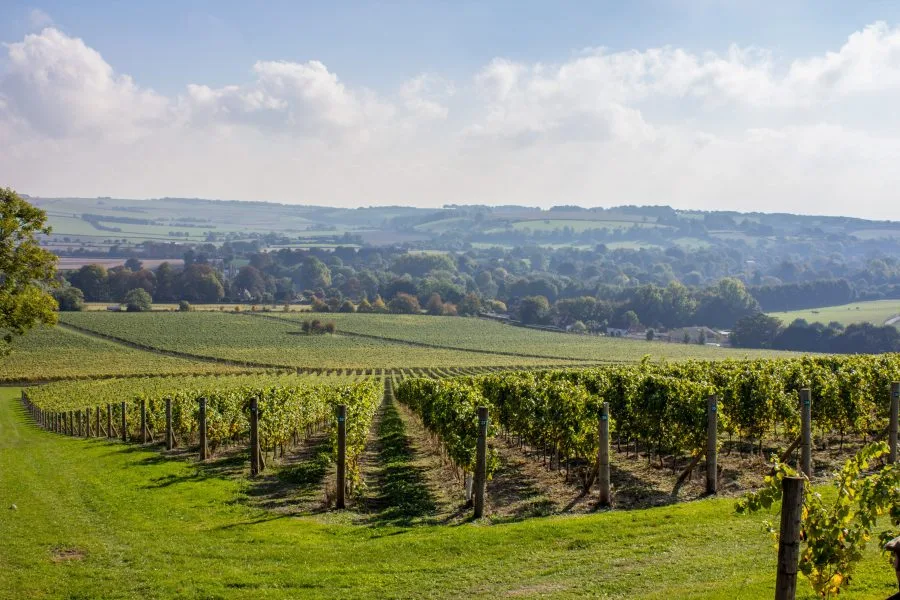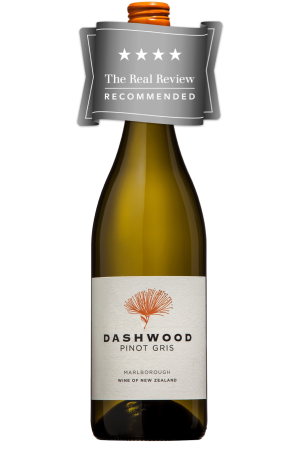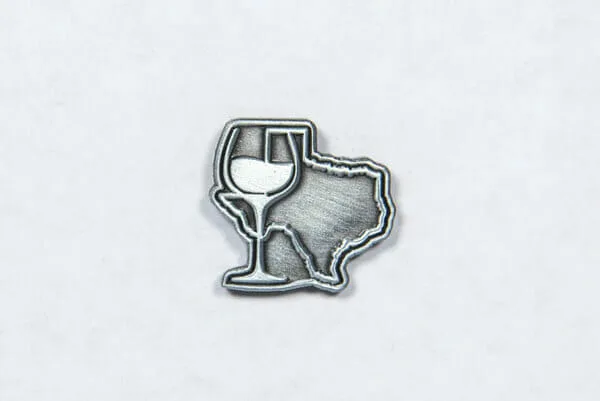Exton Park vineyard vista in the Meon Valley in Hampshire. Exton Park Wines
Sparkling Wines Feature Week
The most recognisable white chalk landmarks in England are the white cliffs of Dover, Beachy Head and The Needles on the Isle of Wight. None are in Hampshire yet for the production of English sparkling wine, the South Downs of Hampshire contain the most uniform strip of chalk and Cretaceous limestone of all England’s counties: “Our blunt, bow-headed whale-backed Downs”, as Rudyard Kipling described them.
More than any other county, the character of Hampshire’s sparkling wines as a whole is rooted in its chalk.
While other counties contain diverse subsoils of clays, sandstone, greensand and chalk stemming from different eras, a belt of Cretaceous chalk underpins the vineyards of the group of 10 wineries that call themselves Vineyards of Hampshire. This belt crosses the county from north-west, where it forms the Hampshire Downs, to south-east, where it is part of the rolling hills of the South Downs. More than any other county, the character of Hampshire’s sparkling wines as a whole is rooted in its chalk.
It would be simplistic to say that chalk is the be all and end all for English sparkling wine. Climate, including protection from frost, a southerly exposure to sunlight, good drainage and healthy soils are all important. And yet, thanks largely to Champagne, the terroir of chalk—a soft, white, porous, flint and fossil-rich sedimentary rock—resonates as the single
This Article was originally published on The Real Review






